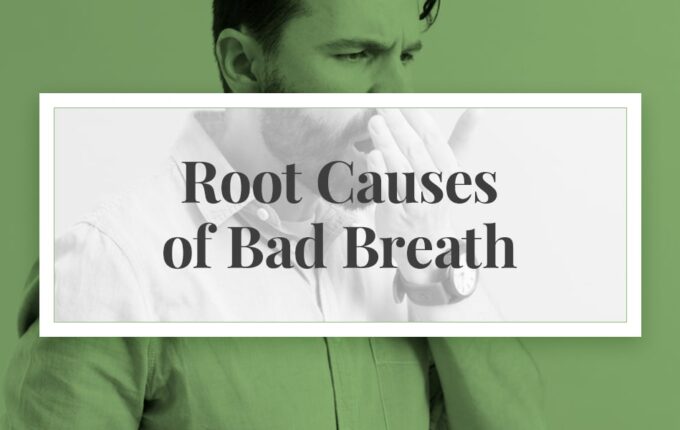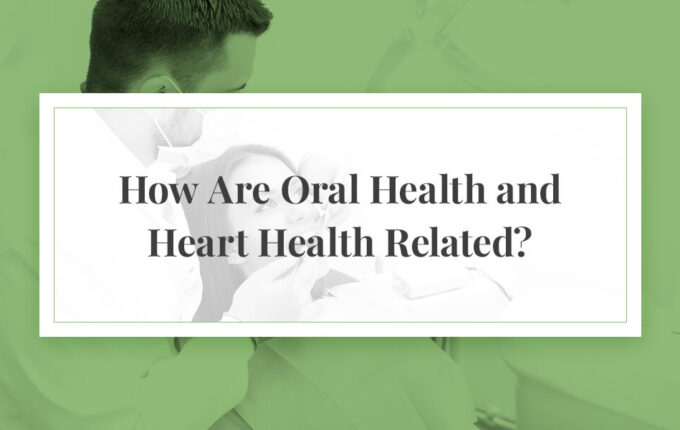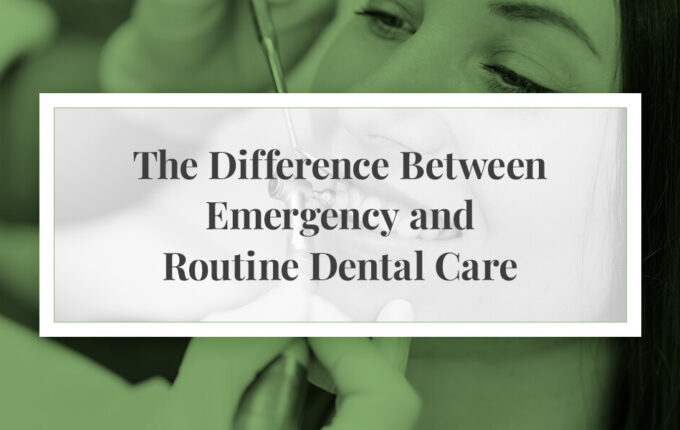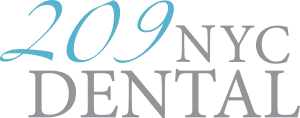Learn the Proper Way to Brush Your Teeth
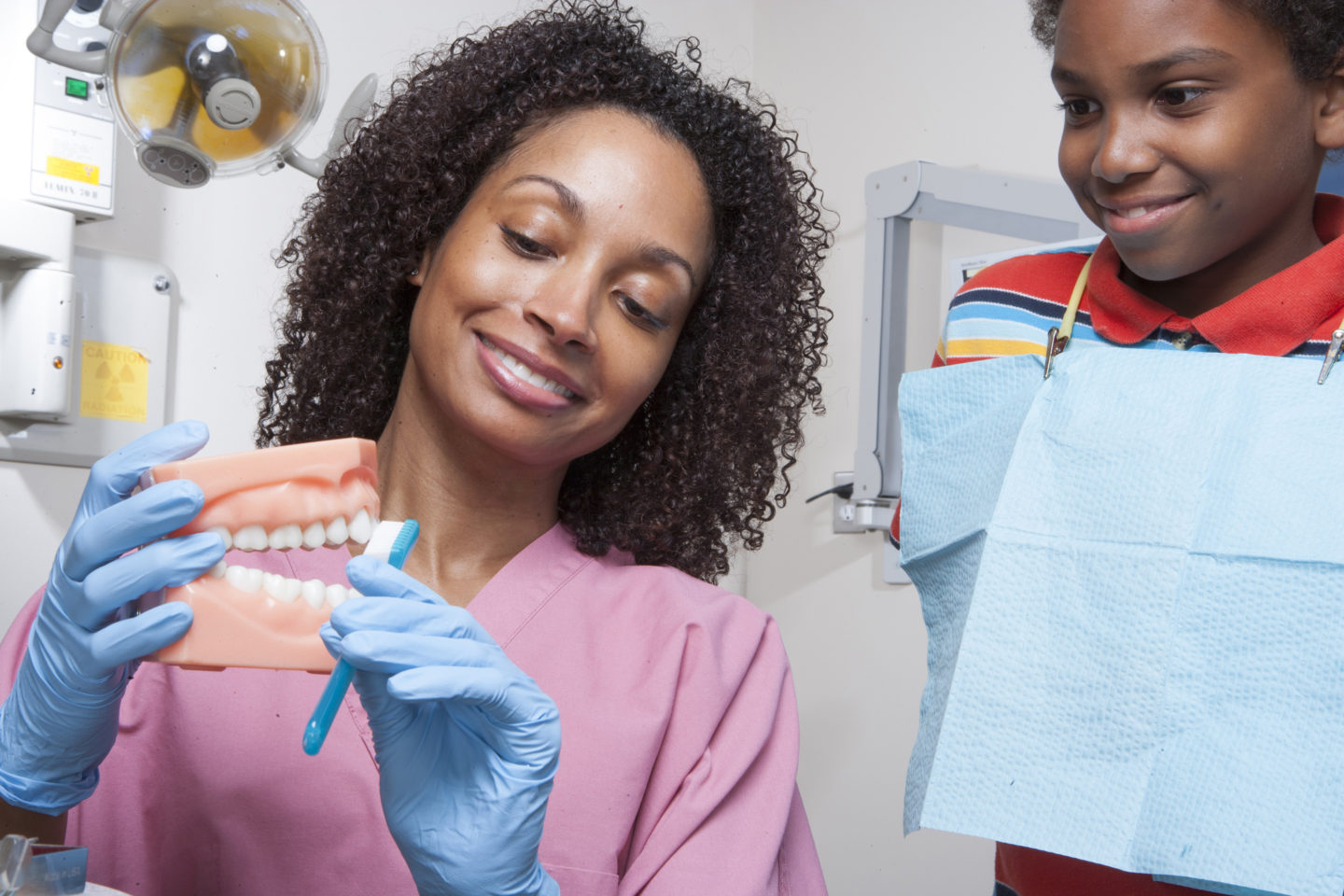
Our teeth are critical to our emotional well-being. They are also important to our speech and overall health.
Millions of bacteria live in equilibrium in our mouths. When we eat, the debris from chewing can lodge in between our teeth and under our gums. This combination of food debris and bacteria can lead to plaque. Within the plaque, bacteria can produce acids, which lead to tooth decay and periodontal disease. Periodontal disease, in turn, has been shown to potentially increase the risk of systemic diseases such as diabetes and heart disease.
Proper tooth brushing removes plaque in hard-to-reach places and prevents the plaque from hardening into tartar, which can only be removed by a dental professional. For these reasons, prioritizing proper tooth brushing is essential.
How to Properly Brush Your Teeth: Start With the Right Materials
You only need a few tools to correctly brush your teeth. A manual, soft-bristled toothbrush will be very effective. Look for a small brush and replace it every three or four months. You can keep your toothbrush in good shape by rinsing it with water after every use and storing it vertically in a dry place.
While a manual toothbrush does an excellent job, electric brushes are even better at removing plaque. They can also be more gentle on teeth and gums, especially if your model has a warning system to alert you when you brush too hard. Many electric brushes have features such as two-minute timers to ensure you brush long enough and timers to alert you when you should move to the next quadrant of your mouth.
Pair your toothbrush with nonabrasive fluoride toothpaste, dental floss and alcohol-free mouthwash containing fluoride.
The Technique for Proper Tooth Brushing
Begin by wetting your toothbrush and applying a pea-sized amount of toothpaste. Place the brush at a 45-degree angle to your gums with the bristles pointed towards the top of the teeth. Imagine your teeth divided into four quadrants. Begin with the upper left quadrant, moving toward the lower left.
Applying very gentle pressure, use a circular motion on the front and back of each tooth. You can clean the back of the front teeth by holding the brush vertically and using the top of the brush in an up-and-down motion. Use back and forth motions to clean the tops of teeth.
The brushing process should take two minutes with about thirty seconds dedicated to each quadrant. Once you have brushed, floss in between each tooth and rinse with mouthwash. It is best to avoid eating for thirty minutes after brushing so the fluoride can soak into the enamel between the teeth.
You will want to brush twice a day, usually in the morning and before going to sleep. Aim to floss at least once a day — ideally before bed. Tongue movement and saliva flow slow down during sleep, giving plaque an opportunity to form. Going to bed with clean, flossed teeth can help you keep your teeth healthier.
Additional Tools
Water flossers and picks can remove large pieces of debris to keep your teeth and gums clean, but they do not replace flossing. They are not as effective at getting between teeth. When using a water flosser, keep the stream horizontal to the long axis of your tooth and use the device on low power.
The Importance of Brushing
Learning how to brush your teeth and following a good diet are 75% of what is needed to maintain a healthy smile. The additional 25% is visiting 209 NYC Dental for your twice-yearly checkups and cleanings. Let us help you on the road to optimum health.
Contact us about an appointment today or give us a call at 212-355-2290.
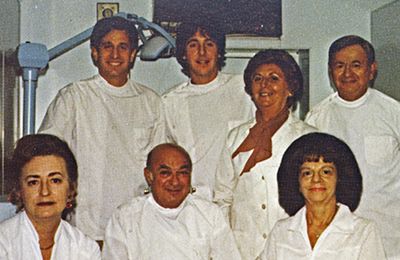 Our History
Our History
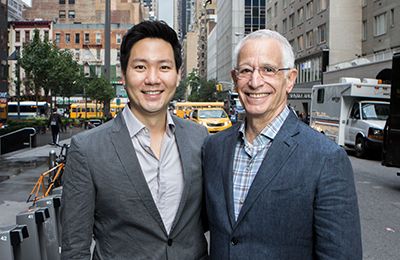 Our Providers
Our Providers
 About Us
About Us
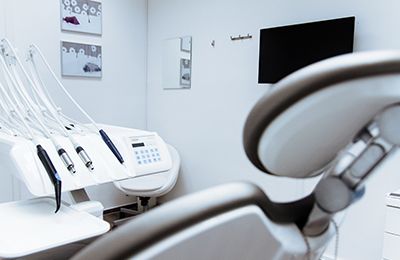 Blog
Blog
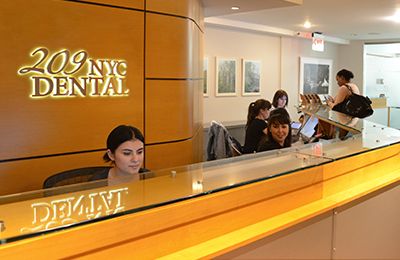 Contact us
Contact us
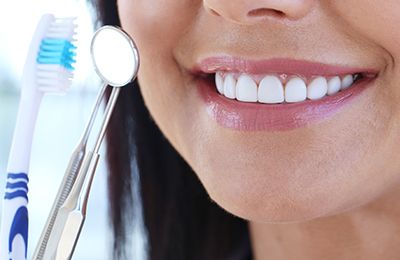 Diagnostic & Preventive
Diagnostic & Preventive
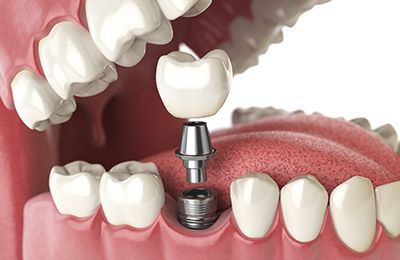 Implant Dentistry
Implant Dentistry
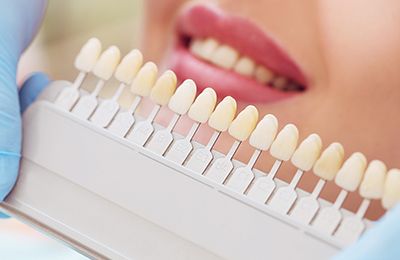 Cosmetic Dentistry
Cosmetic Dentistry
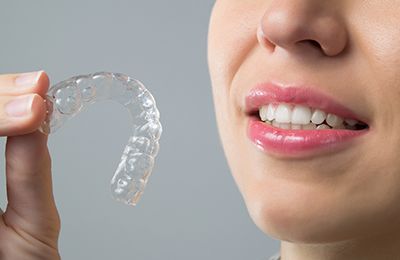 Clear Braces
Clear Braces
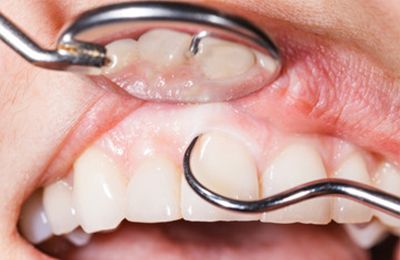 Periodontics
Periodontics
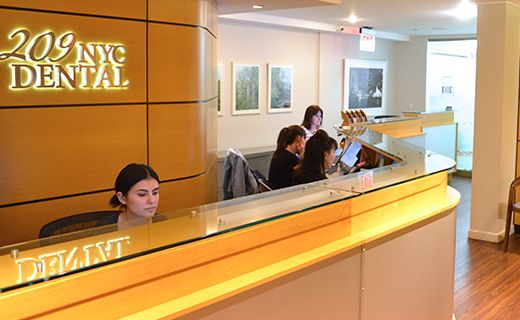 Patient Forms
Patient Forms
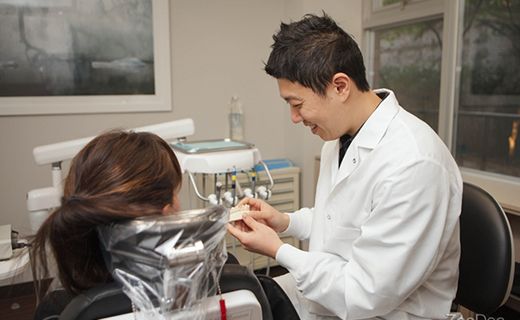 Payment Information
Payment Information
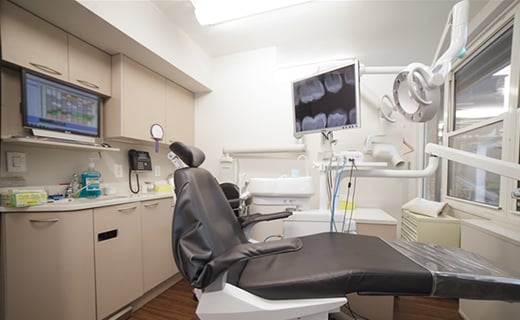 Insurance Options
Insurance Options
 CareCredit Dental
CareCredit Dental
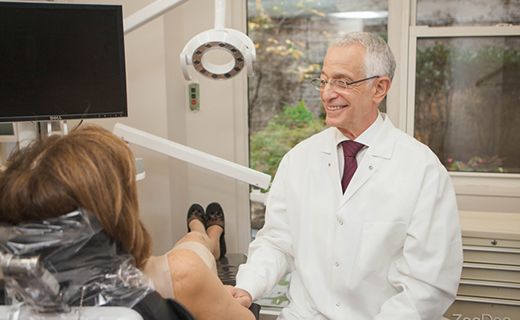 Appointment Policy
Appointment Policy
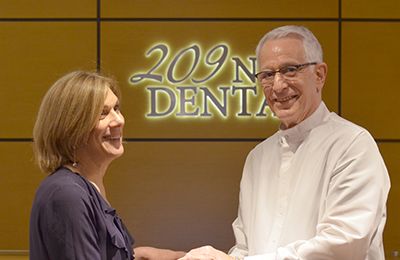 Free Consultation
Free Consultation
 Complimentary Teeth Whitening
Complimentary Teeth Whitening
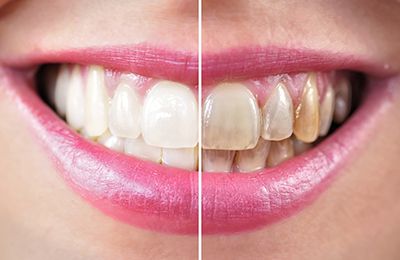 Teeth Whitening
Teeth Whitening
